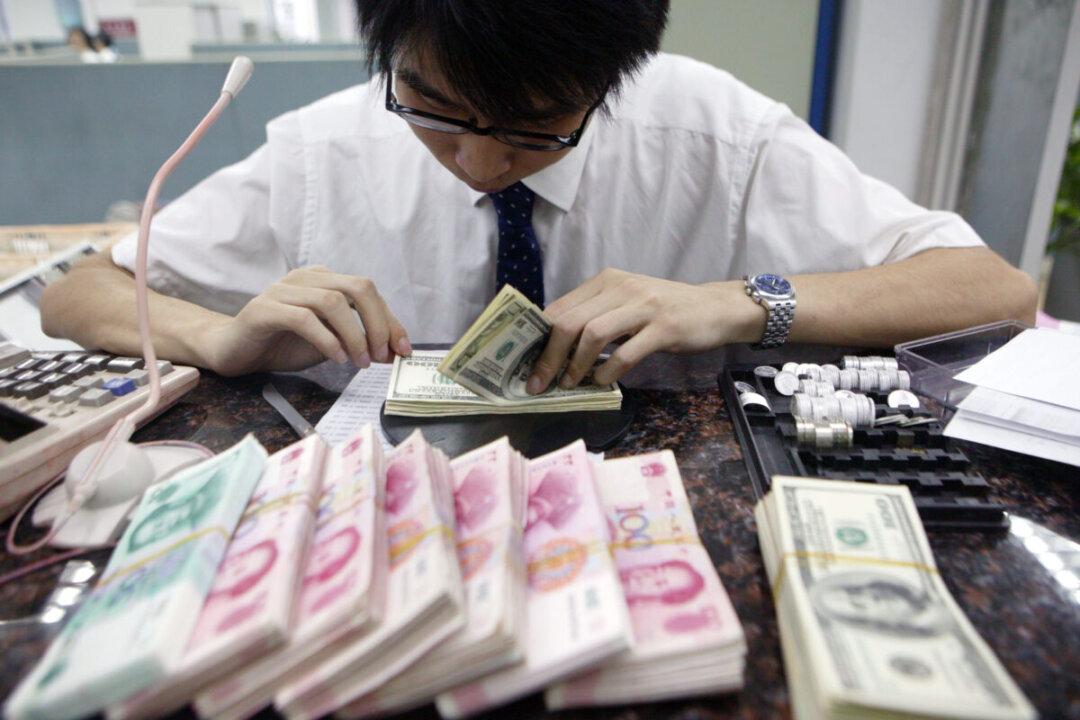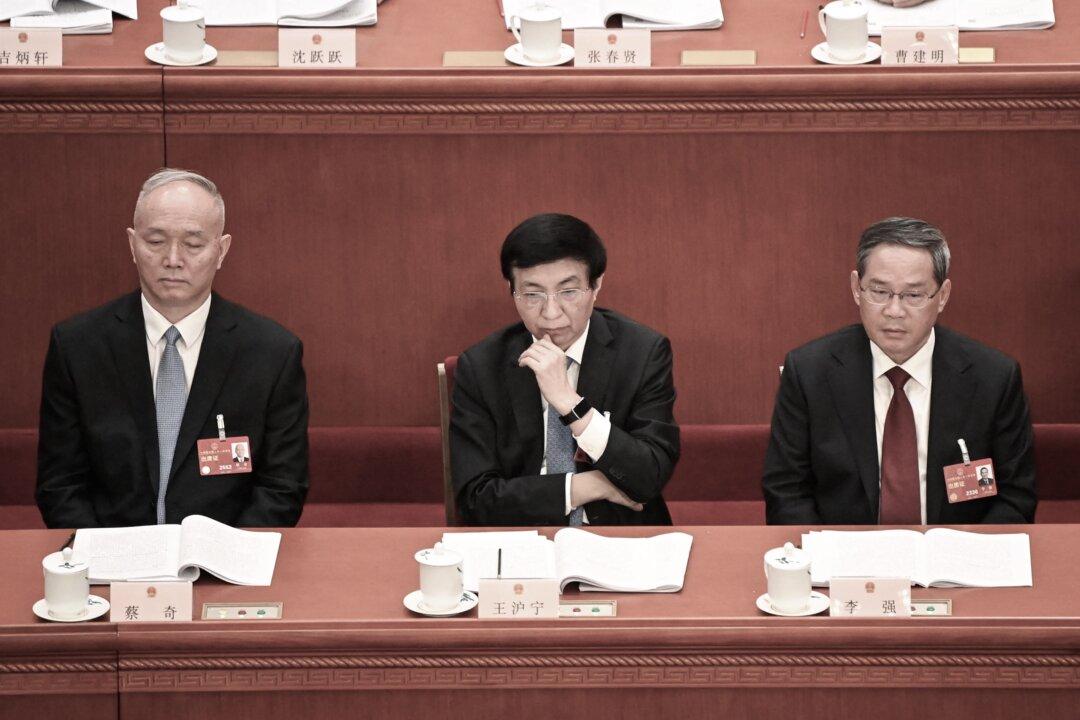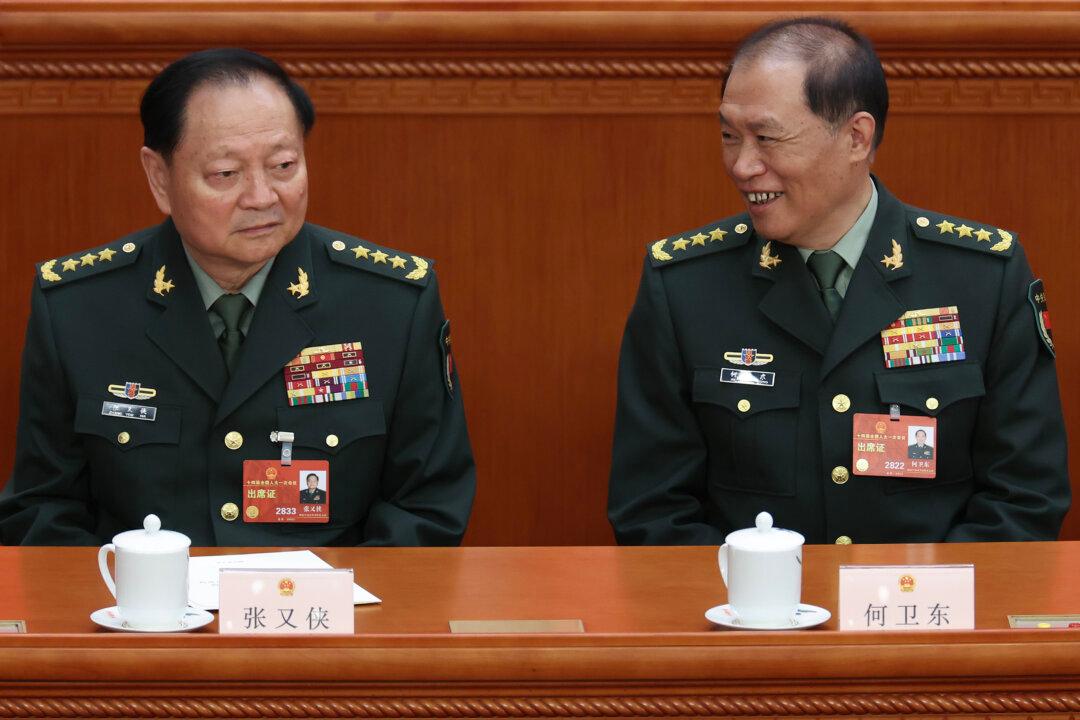China’s latest official figures show that by the end of Feb., the country’s broad money supply (M2) balance reached 299.56 trillion yuan ($42.16 trillion). This figure is higher than the money supply in both the United States and the European Union (EU) combined.
M2, or broad money supply, is calculated by adding the total amount of currency in circulation, the demand deposits, and the time deposits.






